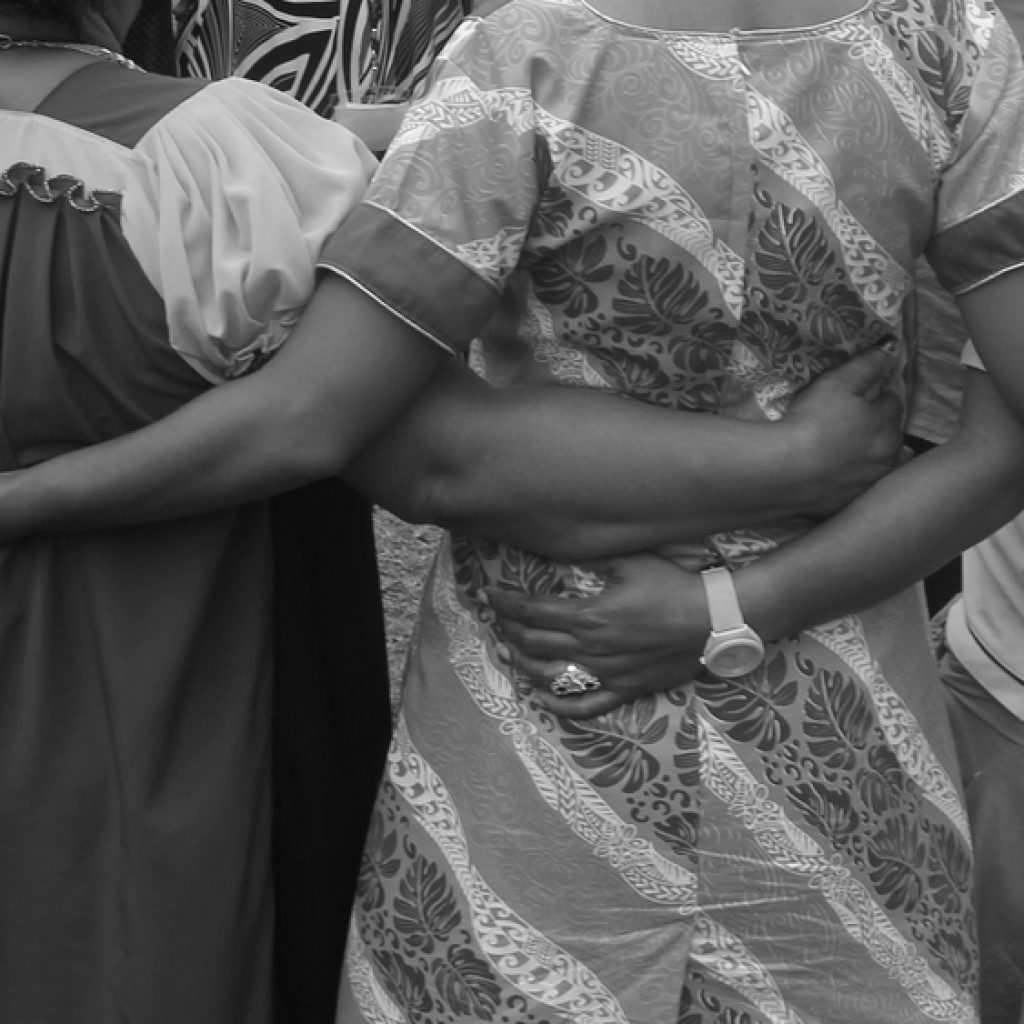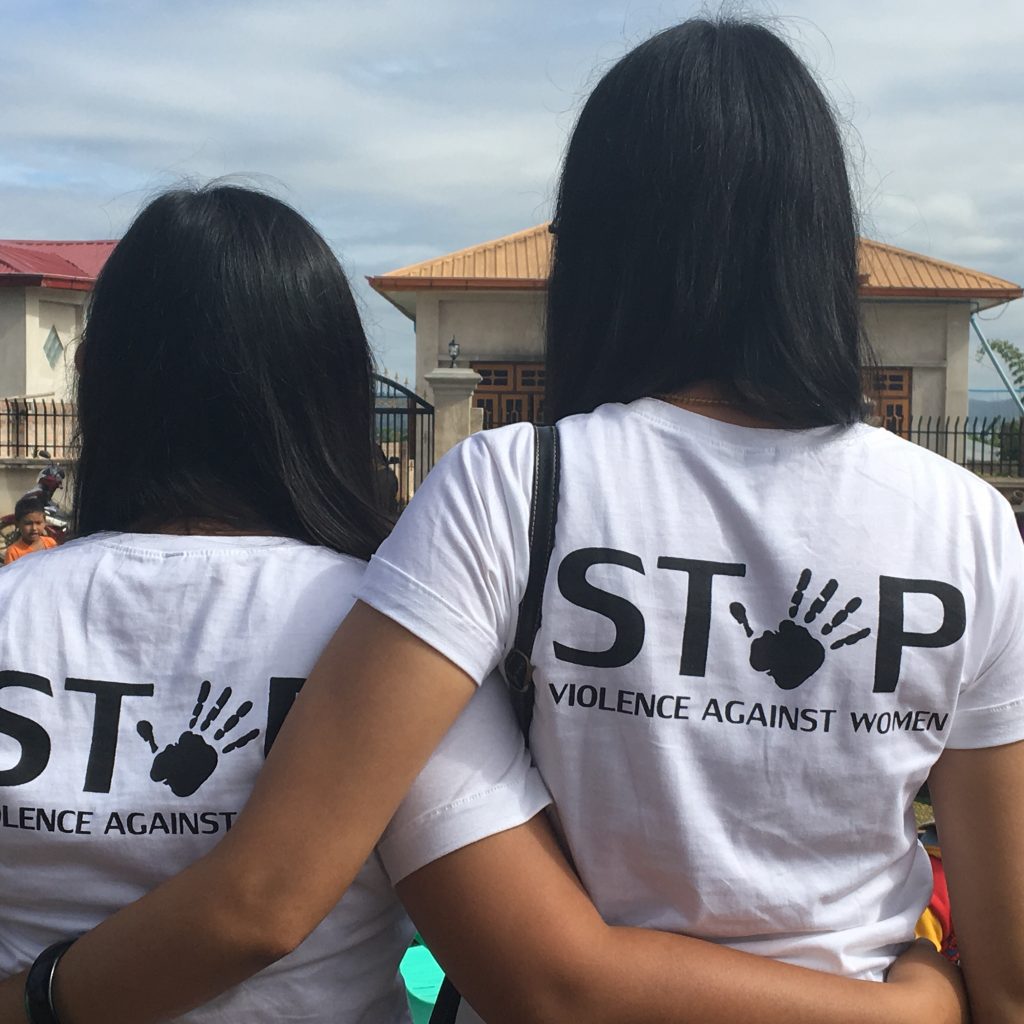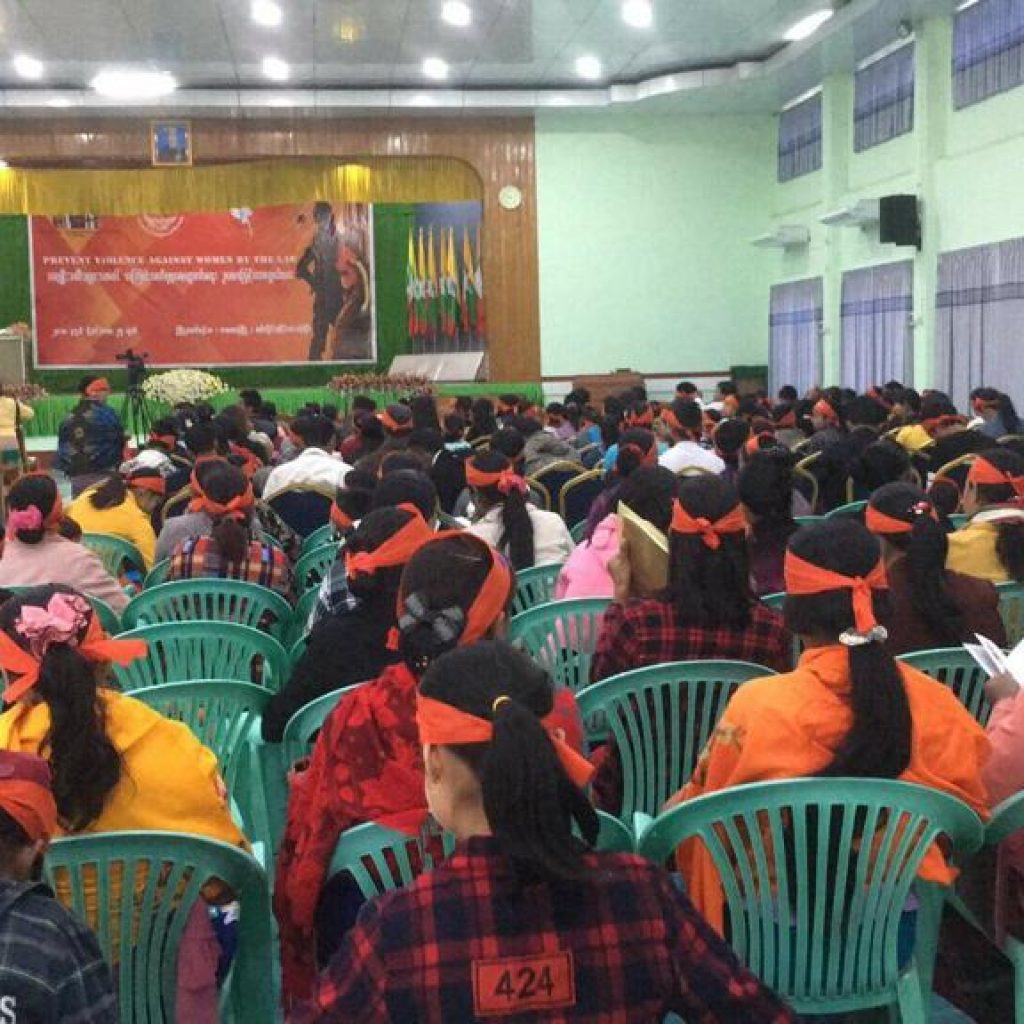
16 Facts: Violence Against Women
The 16 Days of Activism campaign aims to amplify the global call to end violence against women. The campaign begins on International Day for the Elimination of Violence against Women (25 November) and ends on World Human Rights Day (10 December).
Violence against women is prevalent. It is also preventable.
To end this violation of women’s human rights, everyone needs to understand it. Here are some key facts to help you start a meaningful conversation on this issue.
1. Global estimates show that 1 in 3 women will be subject to violence in her lifetime.
Violence against women and girls is prevalent in every society in the world. It is not confined to any particular class, culture or religion.
2. Violence comes in many forms.
Violence against women includes psychological, economic and emotional violence and abuse. The United Nations defines violence against women as “any act of gender-based violence that results in, or is likely to result in, physical, sexual, or mental harm or suffering to women, including threats of such acts, coercion or arbitrary deprivation of liberty, whether occurring in public or in private life.”
3. The Asia Pacific region has some of the highest reported levels of violence against women and girls in the world.
UN regional data shows 15% – 68% of women across the region have reported experiencing physical and/or sexual partner violence in their lifetime.
4. In Papua New Guinea, more than two-thirds of women have experienced family violence.
In some parts of the country, 80% of men admit they have been responsible for sexual violence against their partner.
5. Intimate partner violence is a leading risk for women.
Almost one-third of all women who have been in a relationship have experienced physical and/or sexual violence by their intimate partner. Globally, as many as 38% of all murders of women are committed by intimate partners.
6. Sexual violence impacts girls.
Up to 50% of sexual assaults worldwide are committed against girls under 16.
7. Men are overwhelmingly the perpetrators of gender-based violence.
In order to eliminate this violence, the attitudes of men need to change. A great example of this is the work of one of our partners, the Nazareth Centre for Rehabilitation, which is based in the Autonomous Region of Bougainville, Papua New Guinea. The team run programs for male advocates who reinforce the work of women in pushing for gender equality, elimination of violence and respectful relationships.
8. The root cause of violence against women is gender inequality.
At IWDA, we support our partners in Asia and the Pacific to address gender inequality, which is the key driver of violence against women. We are challenging the attitudes and behaviours that condone violence against women and deny women’s right to safety.
9. Violence against women is a barrier to women’s leadership.
Increasing women’s voice and leadership involves redistributions of power and resources, which is often met with resistance including violence against women. These gendered acts of violence are used to deter, restrict and undermine the participation of women in political activism and decision making at all levels.
10. Financial dependency can prevent women from leaving violent partners.
Many women experiencing abuse rely on their partner for money to pay for essentials like food and housing. When they leave, they may not be able to meet their or their children’s basic needs. Working with women to build their financial literacy, grow their life and work skills, and to get in touch with income-generating opportunities empowers them to build the financial means to find security.
11. Laws must protect women.
Currently, 49 countries have no laws that protect women from family violence.
12. In the majority of countries with available data, less than 40% of the women who experience violence seek help of any sort.
Among women who do seek help, most look to family and friends and very few look to formal institutions and mechanisms, such as police and health services. Less than 10% of those women seeking help for experience of violence sought help by appealing to the police.
13. In Australia 1 in 6 women has experienced physical or sexual violence by a current or former partner.
Violence against women is now recognised to be a serious and widespread problem in Australia, with enormous individual and community impacts and social costs. To find out more about gender-based violence in an Australian context, visit Our Watch.
14. Violence against women and girls comes at an economic cost.
First and foremost, violence against women is a violation of women’s human rights. But it carries a substantial financial burden too, including lost employment and productivity and a high cost of public health and justice services. Research indicates that the economic cost of violence against women could amount to two per cent of global gross domestic product (GDP), equivalent to $1.5 trillion each year.
15. Violence against women continues after ‘peace’ is declared.
In times of conflict, rape, humiliation, and forced marriage are used as weapons against women and their communities. But even when peace is declared, women and children continue to experience high rates of violence. Read how we’re supporting the women of Bougainville to lead the way after conflict.
16. Ending violence against women is possible.
Violence against women is not inevitable – it is preventable. It is important to challenge the behaviours and norms that restrict women’s rights. Tell your families, schools, communities and workplaces. Together, our message will be amplified, and our voices heard.
If you’ve experienced violence and would like to talk to someone, please consider contacting 1800RESPECT (1800 737 732). If you are concerned for your safety or that of someone else, please contact the Police in your state or territory or call 000 for emergency assistance.





